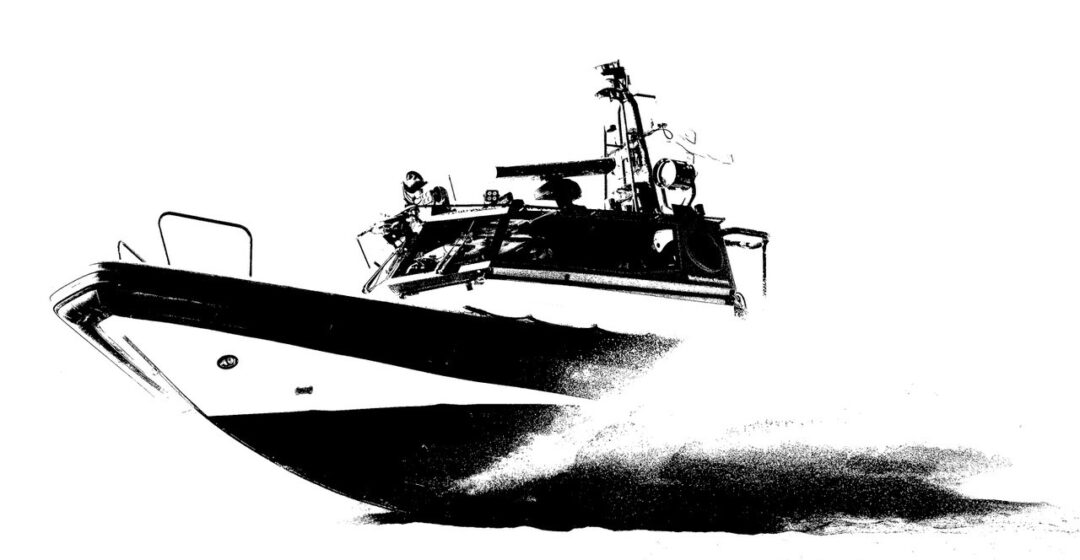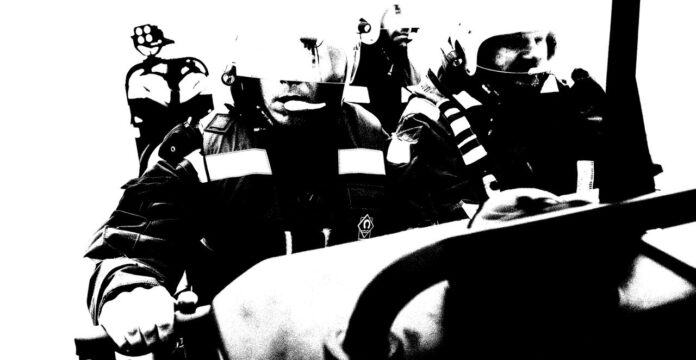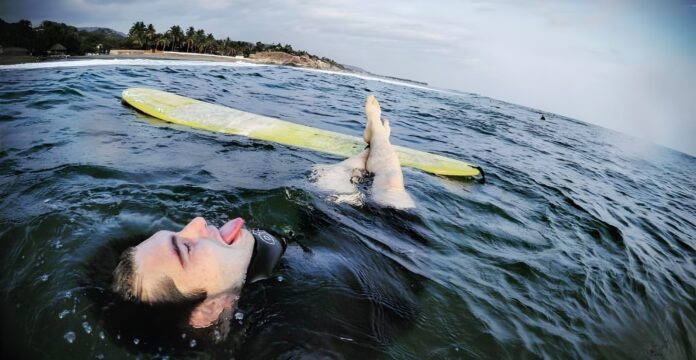The long-known prerequisite for continuously improving operations in safety-critical fields is gathering and analysing event data. In high-speed maritime, this is not always the case.
“There are multiple bottlenecks between the work-as-imagined and the reality”
In the recently published paper, we studied the human factors (HF) analysis of cockpit work incidents on high-speed workboats maritime. In this field, the crews work in demanding operations of rescue, defense, police, piloting, and other professional maritime, as well as in larger high-speed crafts, for example, in the crew transfer vessels in the globally growing energy business. These sectors have high relevance also in security of supply and ensuring critical functions of society.
The study gathered data from incident reporting and accident investigations in Finland from 2009-2021 and analysed it with the sociotechnical HF Tool concept. Gathering the data was not without challenges. This was where the first implication for development was identified. In safety-critical maritime, more information should be gathered through safety reporting to improve operations.
The limited perspectives on human factors
We found out that HF was, as is often the case in the maritime sector, analysed and understood through individual crew members. Simultaneously, the group-level HF was seldom analysed. These perspectives shift responsibility from the management to the front line – and cause trouble for functional safety reporting. However, in their recommendations for further development, maritime organizations emphasized group-level HF to a greater extent than they were considered in the incident reports.
Despite their role in systemic performance, HF related to the technical and information environment was rarely mentioned in connection with the incidents. Although the Safety Investigation Authority Finland (SIAF) paid relatively more attention to these HFs, the technical design of the cockpits should be emphasized more clearly in sociotechnical operations. As in the previous context, the “outsiders” perspective of the SIAF was also important regarding organizational HFs. Understandably, the maritime organizations do not investigate themselves, although it would have a significant value.
The results showed room for development in understanding the diverse human performance. Human consequences of the actions were often treated as factors influencing the incidents. Although complex phenomena, such as situational awareness, can be a factor or a consequence, attention should be paid to developing actions that affect it rather than grabbing an explanation that is too easy to be true.
The development of high-speed maritime requires improved cooperation
Competence assurance and working methods were the HFs often considered to play a negative or positive role in incidents. We propose that the pivotal crew competencies and the procedures reflecting them be analysed and developed to ensure effective resource management, considering human performance more sophisticatedly.
The high speeds of modern high-speed boats and vessels challenge the crews’ cognition. Under these circumstances, the incomplete mastery of human factors in the operating system compromises the safety of the crews. There is a need for improved constant learning from events.
We recommend that data gathering from the events where safety has been improved or impaired is improved in the field. The prerequisite is data analysis based on an improved understanding of human factors at all organisational levels. When the analysis is carried out effectively and legitimately, more information is provided through safety reporting. If individuals are unfairly judged, no more information will emerge.
Enhanced cooperation at all levels of operations is needed – between the crews, organizational sectors, shipowners, and safety-critical fields, from which the maritime still has a lot to learn.
- Lehtimäki, M., & Teperi, A. M. (2025). Human factor analysis of cockpit work incidents in high-speed workboats: the mystery hidden between the lines. International Journal of Occupational Safety and Ergonomics, 1–13. https://doi.org/10.1080/10803548.2024.2445979
Mikko Lehtimäki
Doctoral researcher, University of Vaasa
HF specialist
www.mikkolehtimaki.fi
The author expresses his sincere thanks for the invaluable support from research professor and docent Anna-Maria Teperi in the Finnish Institute of Occupational Health.
This work was supported by the Finnish Cultural Foundation of South Ostrobothnia, the Otto A. Malm Foundation, the Ella and Georg Ehrnrooth Foundation, the Coastal and Freshwater Traffic Foundation, the Gustav B. Thorden Foundation, the Foundation for the Promotion of Fisheries and Maritime, the Finnish Maritime Foundation and the Funder of work research and development.




